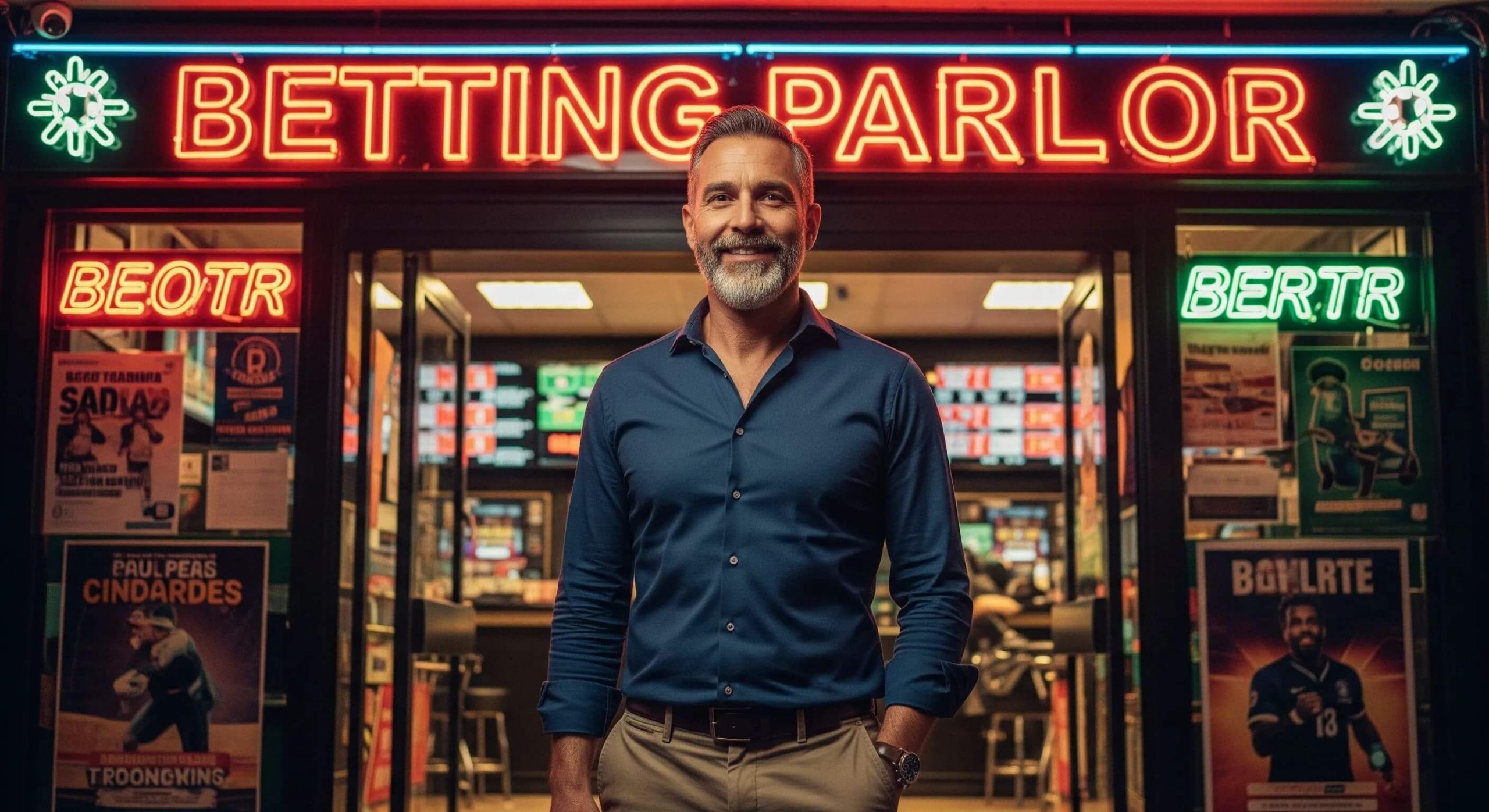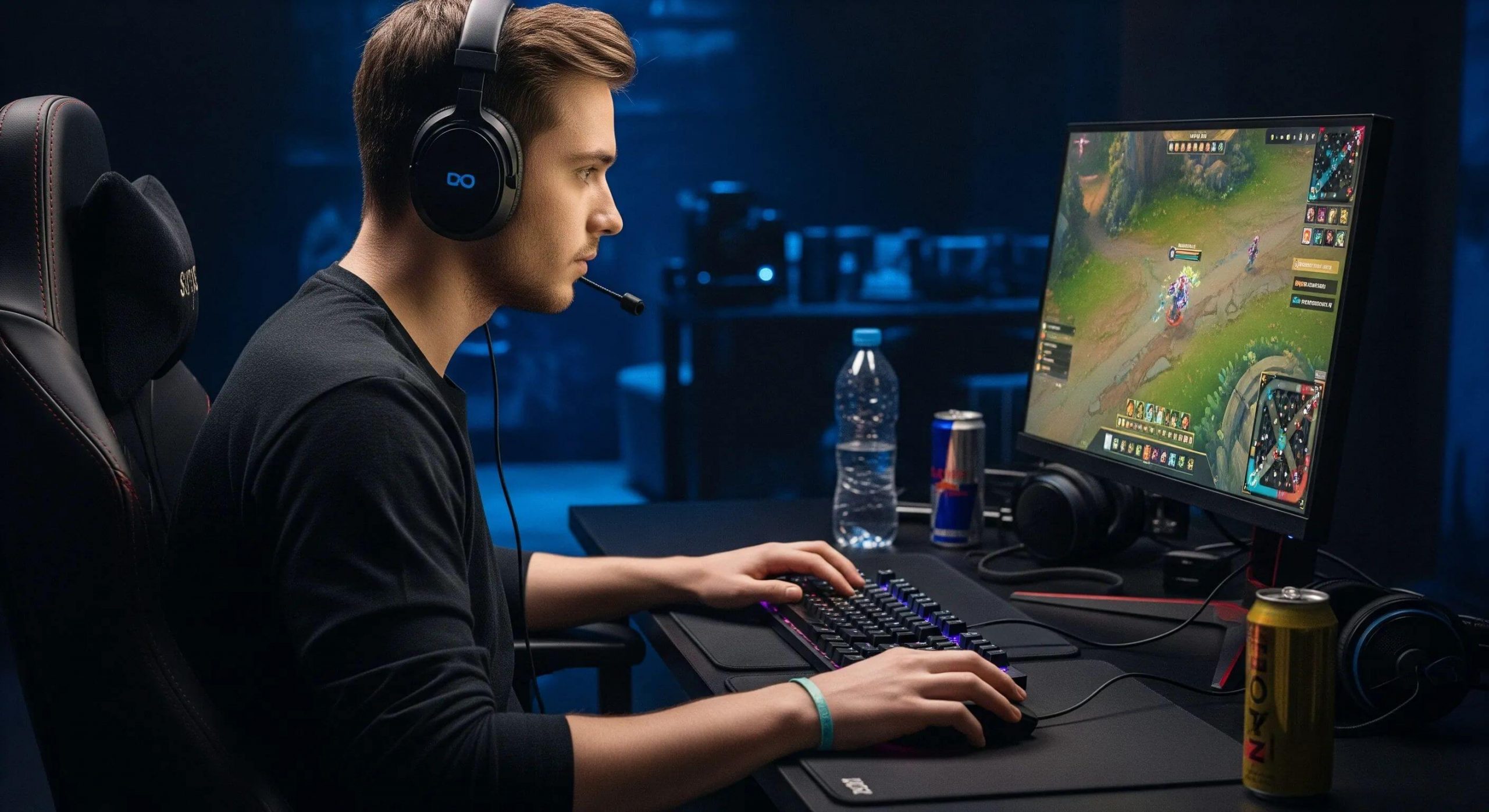
How live casino studios operate behind the scenes

Live casino studios may look sleek and effortless from the front-end. But don’t let the flashy smiles and crisp roulette wheels fool you, beneath all that gloss sits a rigorous backend orchestration that rivals any TV broadcast setup. I’ve seen studios crumble because operators didn’t respect the fundamentals: camera placement, dealer coordination, real-time transmission, and above all, compliance. So let’s peel back the curtain.
Contents
The art of camera choreography
Nothing ruins a player’s trust faster than watching a card game shot from a single, static angle. Proper studios run multiple high-definition cameras, minimum three, sometimes more, depending on the game format. A single Blackjack table might have an overhead shot, a dealer-close-up, and a side-angle showing the deck shuffle.
Switching for trust and transparency
Camera switching needs to be seamless and timed to the millisecond. The cut from a dealer’s hands dealing cards to a wide angle must feel organic, not artificial. And only trained technicians know how to balance latency, lighting sync, and frame rate. In sloppy setups, shadows fall the wrong way or the dealer’s hands turn ghostly due to poor backlighting, both red flags to sharp-eyed players.
The backbone: OCR and RNG synchronization
Optical Character Recognition (OCR) software and Random Number Generators (RNGs) exist in a delicate dance. While most assume RNGs only serve digital games, some studios use hybrid RNGs for result validation or game logic assists, like in online roulette variants or game shows. A misalignment between OCR reading and RNG output? That’s when lawsuits start flying.
Dealing with human errors
Players forgive a lot, but they won’t shrug off a misread winning hand. OCR failures often come from novice setups using worn cards, poor ink contrast, or inattentive calibration. In the early days, I saw this firsthand in a European studio, had to replace three months’ worth of decks and bring in a vendor just to rewrite their OCR logic.
Dealer training and studio etiquette
Most people think a charming smile and good posture make a live dealer successful. That’s only half the equation. Dealers undergo specific protocol training, hand motion pacing, chip touchdown sounds, table banter pacing. A delay in response or unsteady hand can trigger suspicion among regulars. The best studios train dealers like stage actors, down to the pauses and gestures.
Audio integrity and ambient realism
Authenticity hinges not on visuals alone, but sound. Ever played in a room where the dealer’s chip sliding sounds artificial, like a canned effect loop? That can destroy immersion in seconds. A true studio captures ambient mic levels dynamically, allowing the subtle changes of chip handling and wheel spins to breathe. This is non-negotiable in titles like Monopoly Live, where the line between game show and casino experience gets blurred.
Payment system integration behind the curtain
While players are immersed in gameplay, a fortress of compliance handles real-time transaction validation. Behind the scenes, systems like PayPal are hardwired into the casino’s payment logic, but with added latency-smoothing buffers to stop freezes during hot streaks. The integration must be faultless. Payment disruptions are deal-breakers.
Region-based gateways and fallback methods
Studios catering to Canadian clientele often rely on Interac. But here’s the catch: for every region, there’s a different legal requirement for data encryption, geo-blocking posture, and rollback scenarios. You don’t just plug in a payment API and call it a day. The best operators mirror test volumes at scale before turning anything live.
Compliance considerations and real-time auditing
Regulators don’t care how “pretty” the stream looks, they want proof. Studios run real-time auditing systems that log every dealer action, card dealt, and wager placed. These logs sync with game control units (GCUs) installed below each table, converting analog movements into encrypted data streams. If there’s a discrepancy, auditors can reconstruct the exact play. Frame by frame.
The road to a seamless game interface
Once all camera feeds, betting logic, and payment flows come together, there’s the web overlay interface, what the player actually sees. Too many rushed casinos underestimate its importance. Labels misaligned, chip stacks lagging, or betting timers off by half a second cause irritation. Worse, they create credibility gaps.
Seasoned players spot stutters quickly. Smooth interface rendering paired with instantaneous input confirmation builds trust. Interface lag during high-stake spins? That’s where clients vanish overnight.
In conclusion: respect the foundation
You can’t build a solid live studio by cutting corners and stacking plugins. Treat each component, audio, visual, payment, dealer, RNG, like pieces of a long chain. Weakest link breaks the whole flow. A rushed deployment might impress the boardroom, but seasoned players will sniff out the rot. This work demands precision, patience, and reverence for craft. Otherwise, you’re just stacking cards on quicksand.
 Related Blog posts
Related Blog posts

